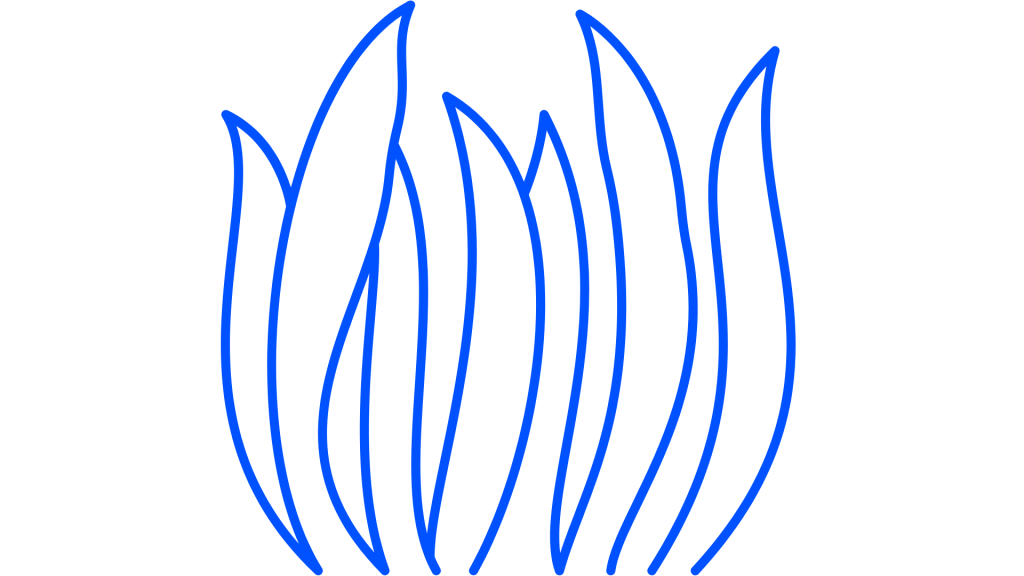PRESERVING
SEAGRASS
MEADOWS
Seagrass meadows are formed by flowering plants that adapted to marine environments over 140 million years ago. Found in oceans around the world, except in Antarctica, their greatest diversity is in tropical regions.
In the Canary Islands, the most common species is Cymodocea nodosa.
136 millions
square meters of seagrass meadows
explored in marine protected areas
ECOSYSTEM ENGINEERS
Seagrasses are referred to as “ecosystem engineers” due to their ability to create habitats that support a wide variety of species. Many organisms live directly attached to the plants, while others use these meadows for feeding, finding refuge from predators, or reproducing, at different stages of their lives.
This rich biodiversity includes charismatic fauna such as the green sea turtle (Chelonia mydas).
SEAGRASS RESTORATION WEBINAR
SEAGRASS CURRENT STATUS
Seagrass meadows are among the most threatened ecosystems globally.
Despite their immense importance, populations are declining: in the Canary Islands, 50% of seagrass meadows have been lost over the past two decades. This decline is due to several factors, including coastal development, deteriorating water quality, destructive fishing practices, and uncontrolled anchoring. As a result, Cymodocea nodosa meadows are currently listed in the Spanish Catalog of Protected Species under the ‘Vulnerable’ category.
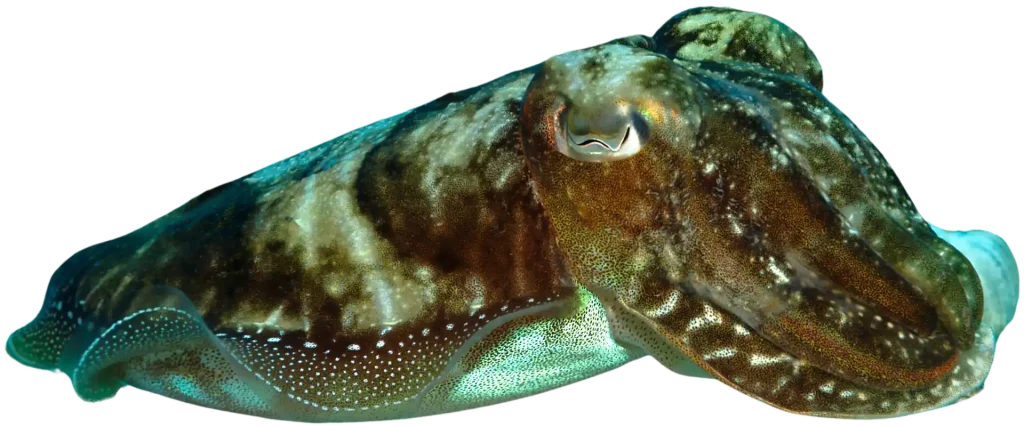
CARBON SINKS
Seagrasses, salt marshes, and mangroves are known as blue carbon ecosystems due to their high ability to sequester carbon. They capture carbon dioxide at a significantly higher rate (up to six times faster) than terrestrial forests per unit area, highlighting their substantial potential in mitigating the effects of climate change.
of active monitoring
directly involved in the projects
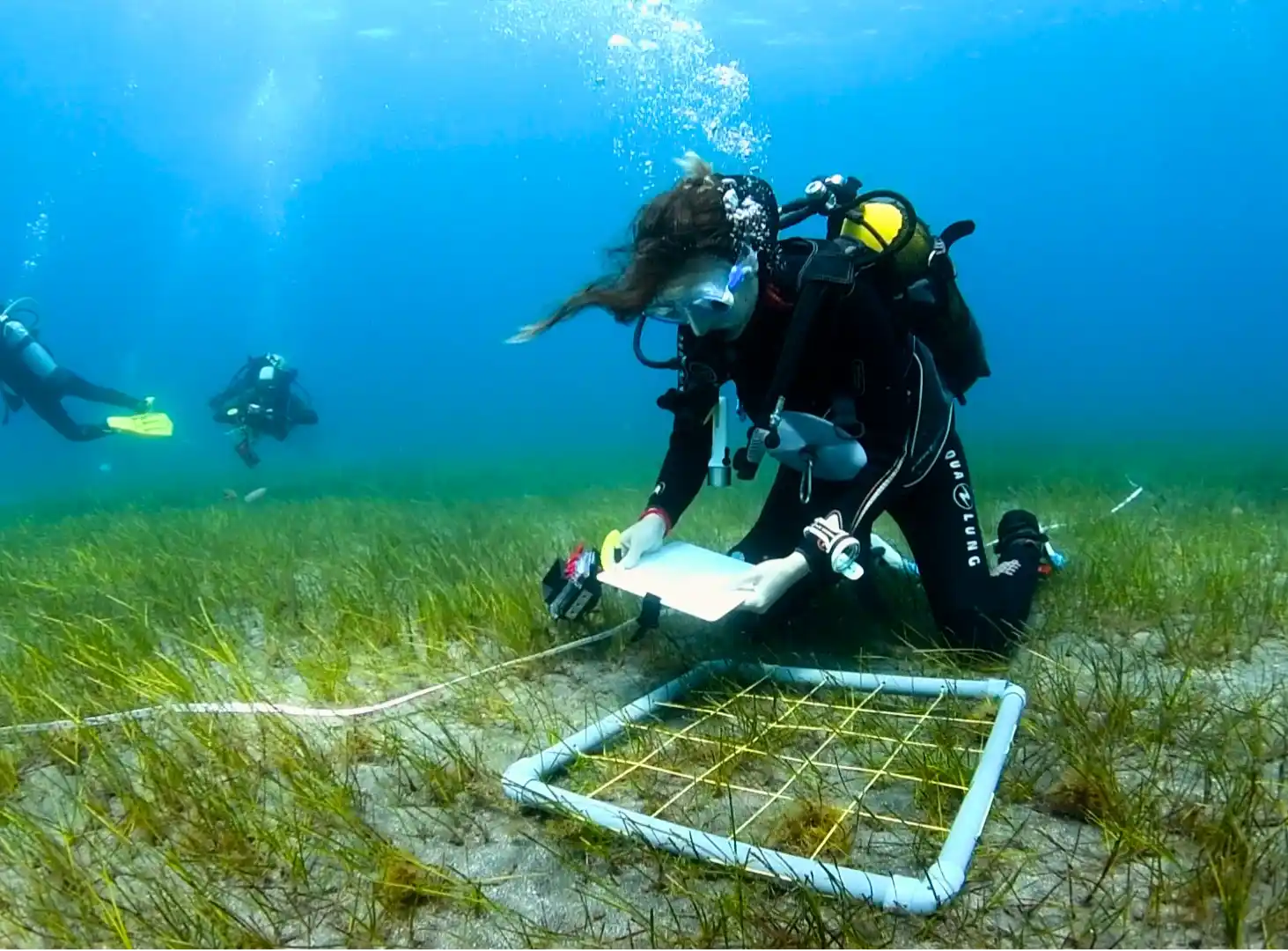

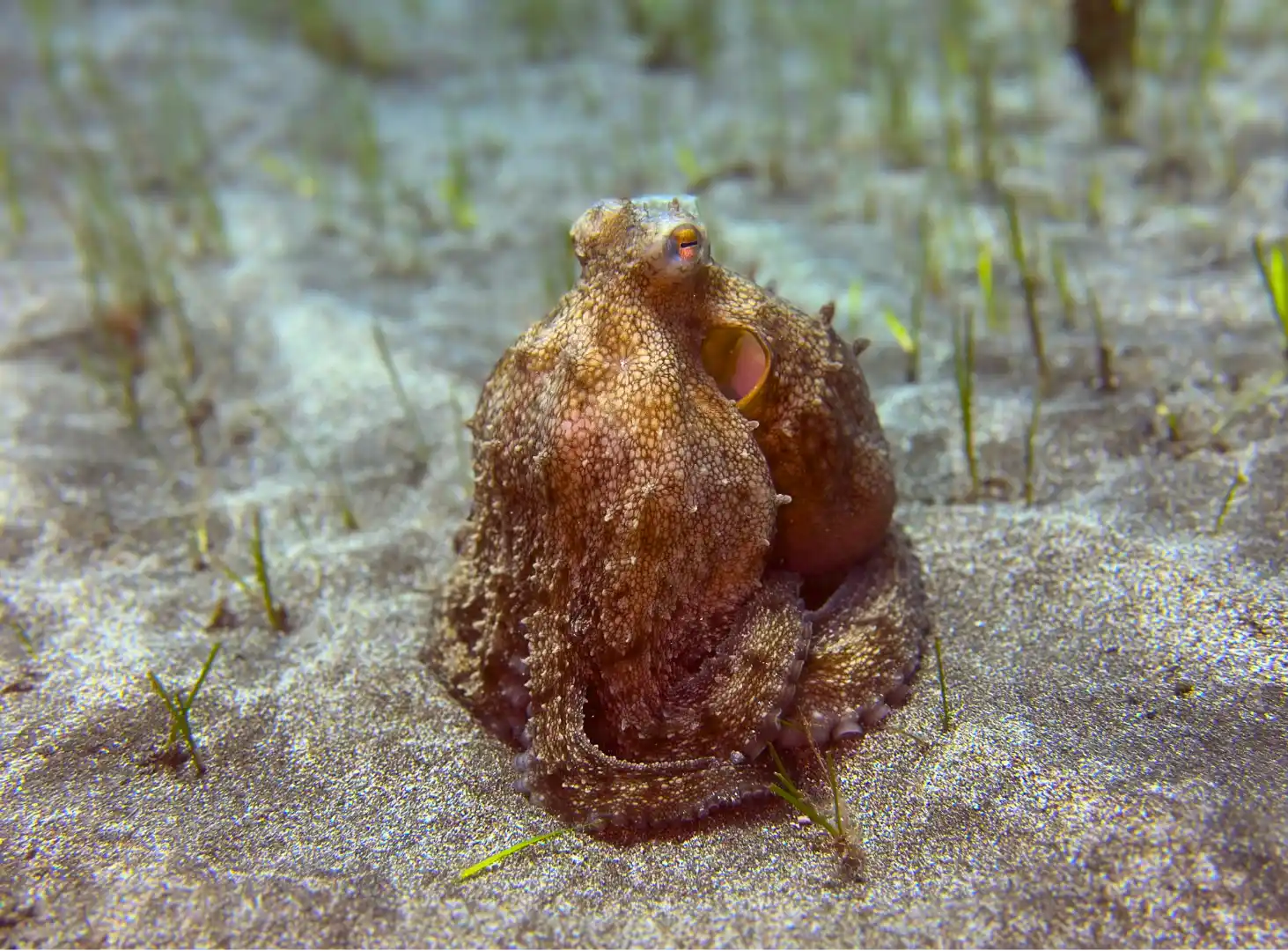
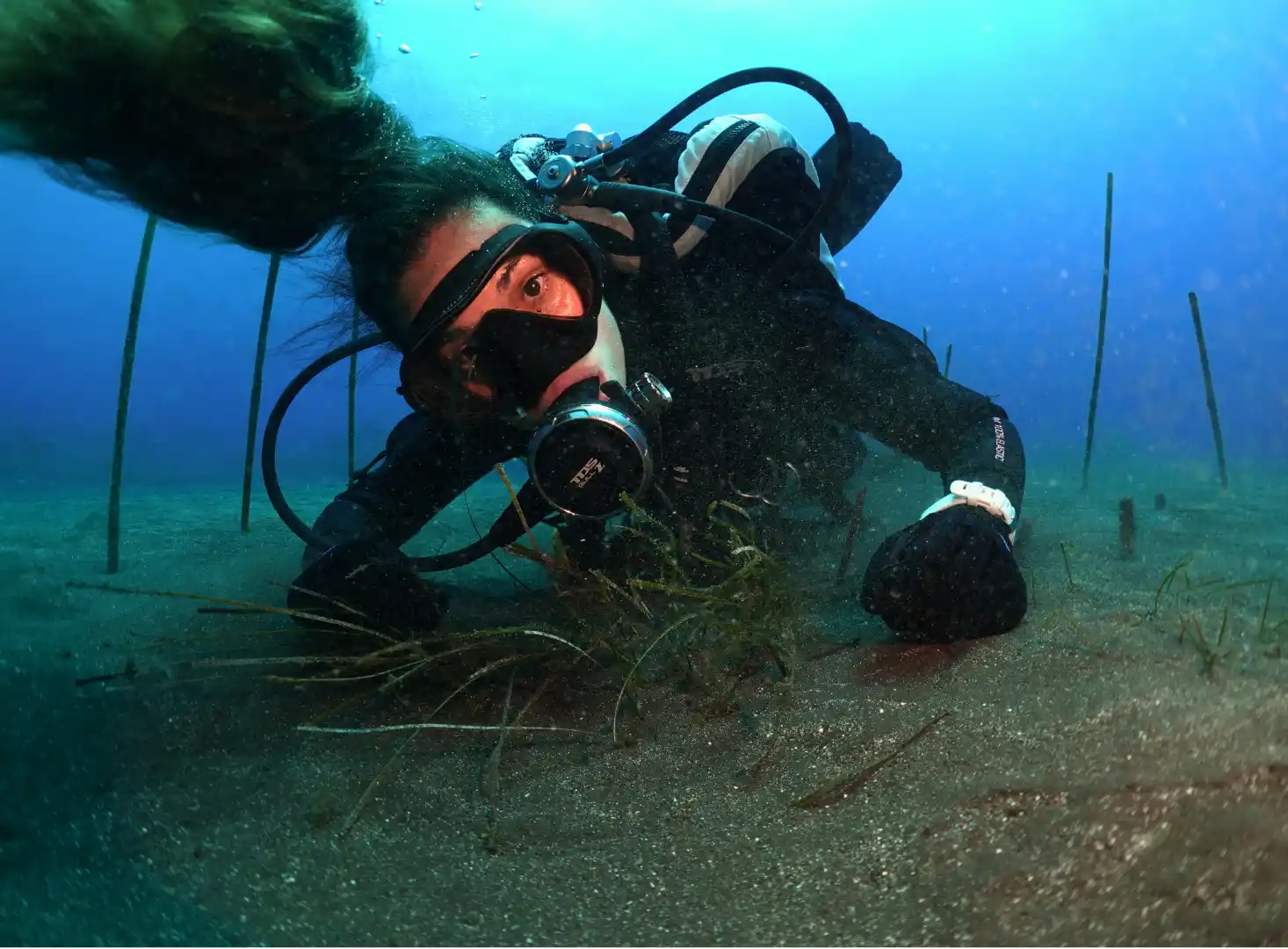
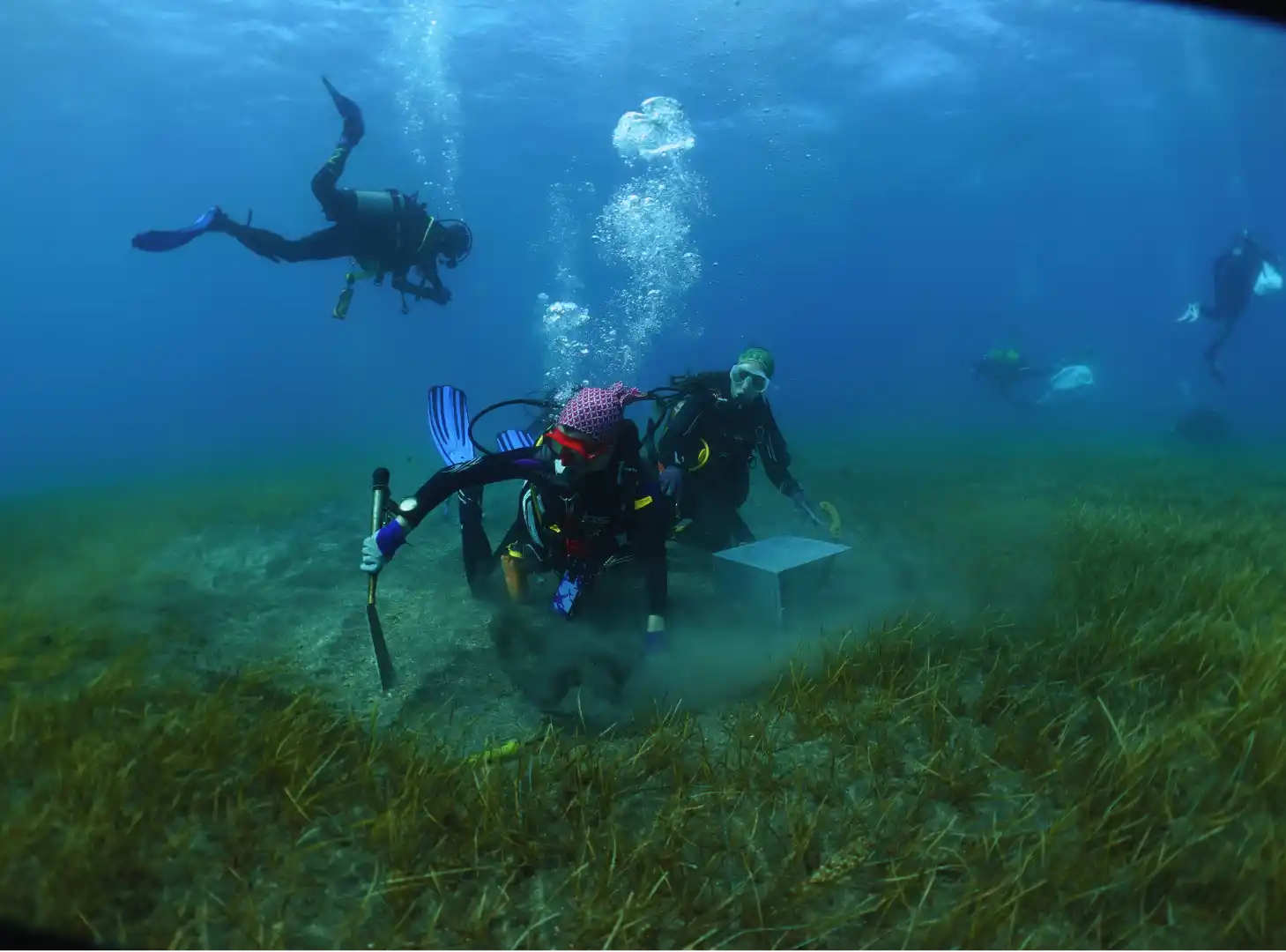
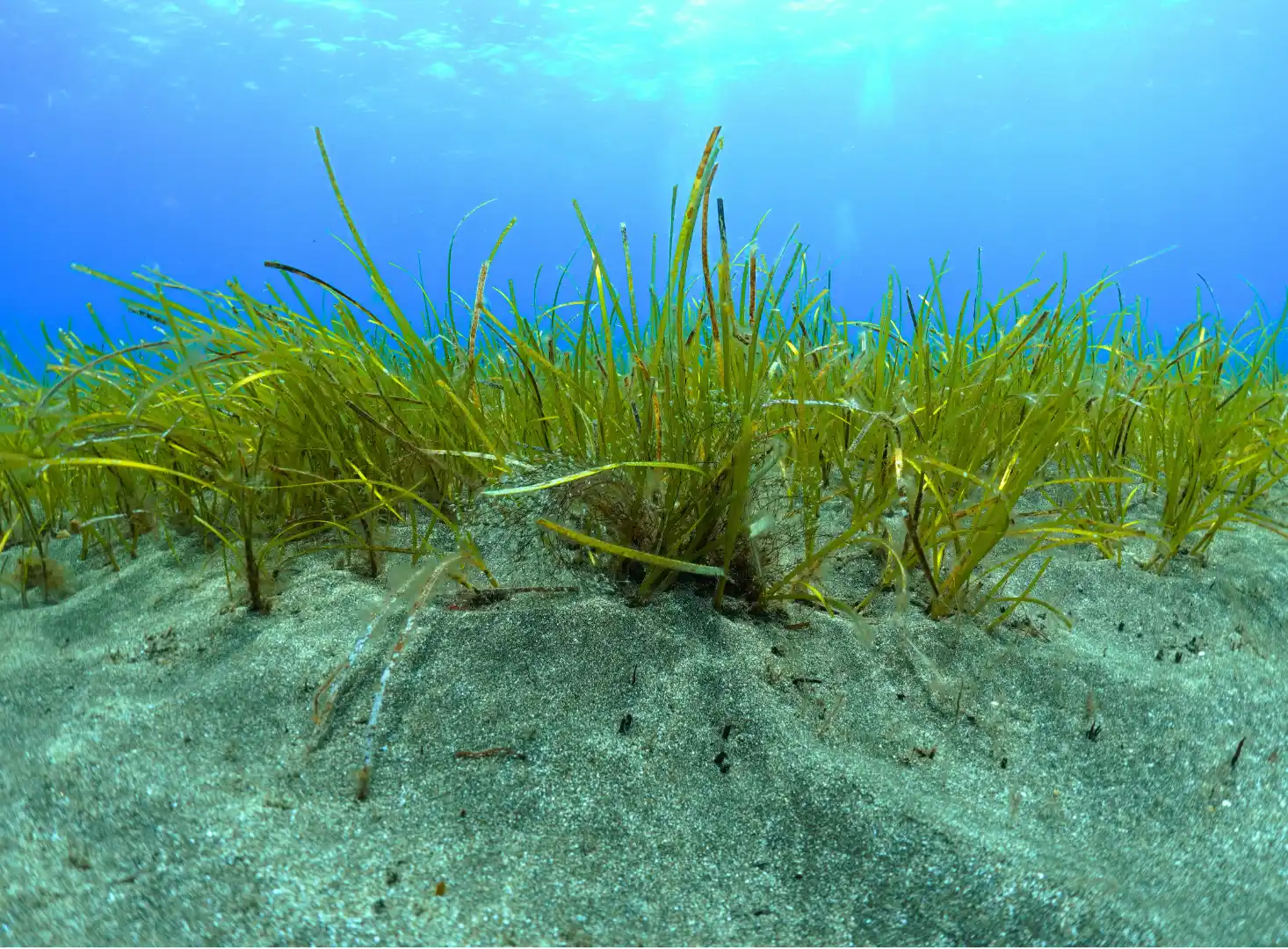
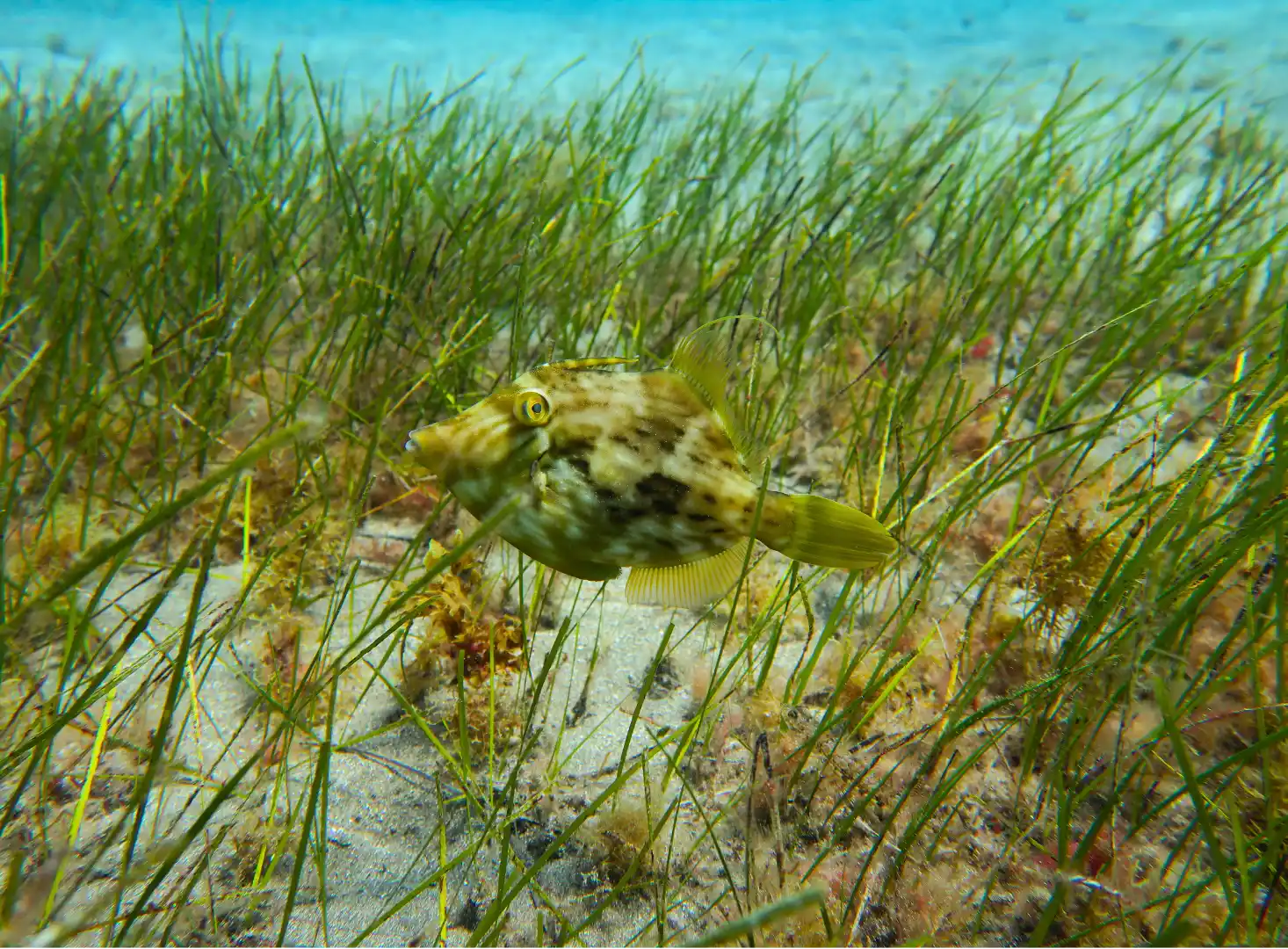
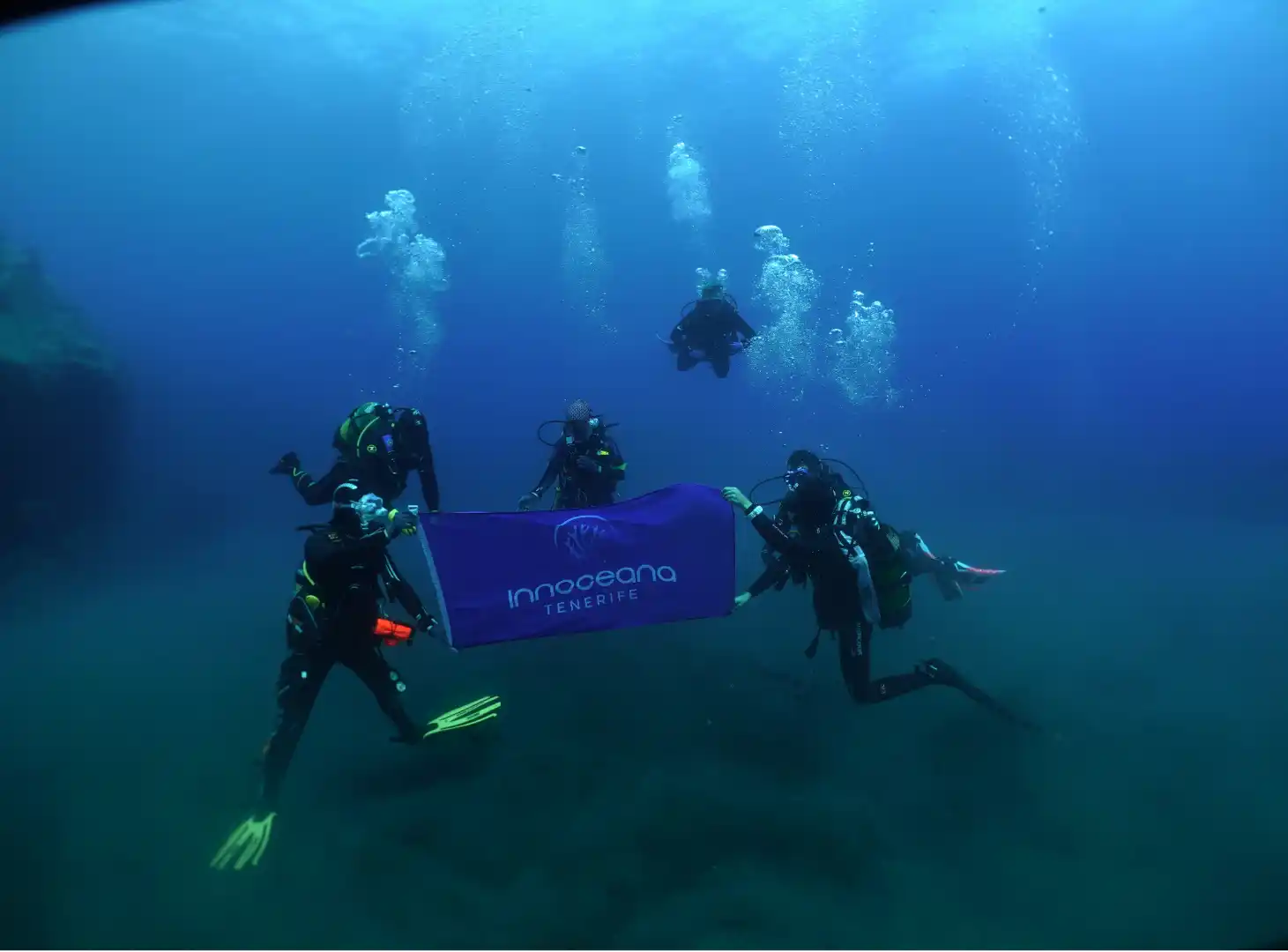
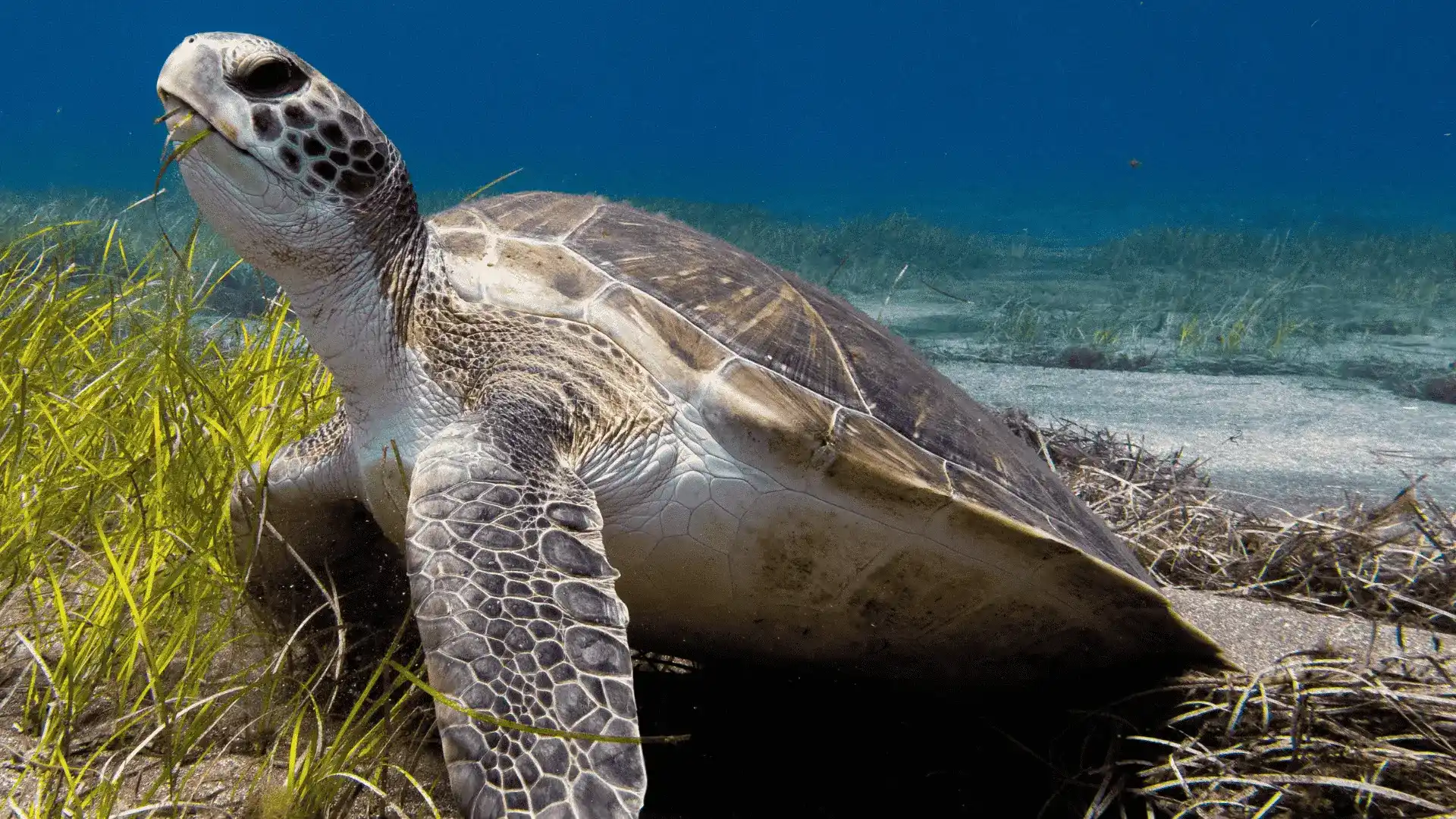
Con el permiso del Ministerio para la Transición Ecológica y Reto Demográfico

Join our mission to protect and revive marine ecosystems through our efforts to safeguard and restore seagrass meadows. Every contribution, no matter how big or small, makes a difference.
Donate Now and Be a Part of the Change!
